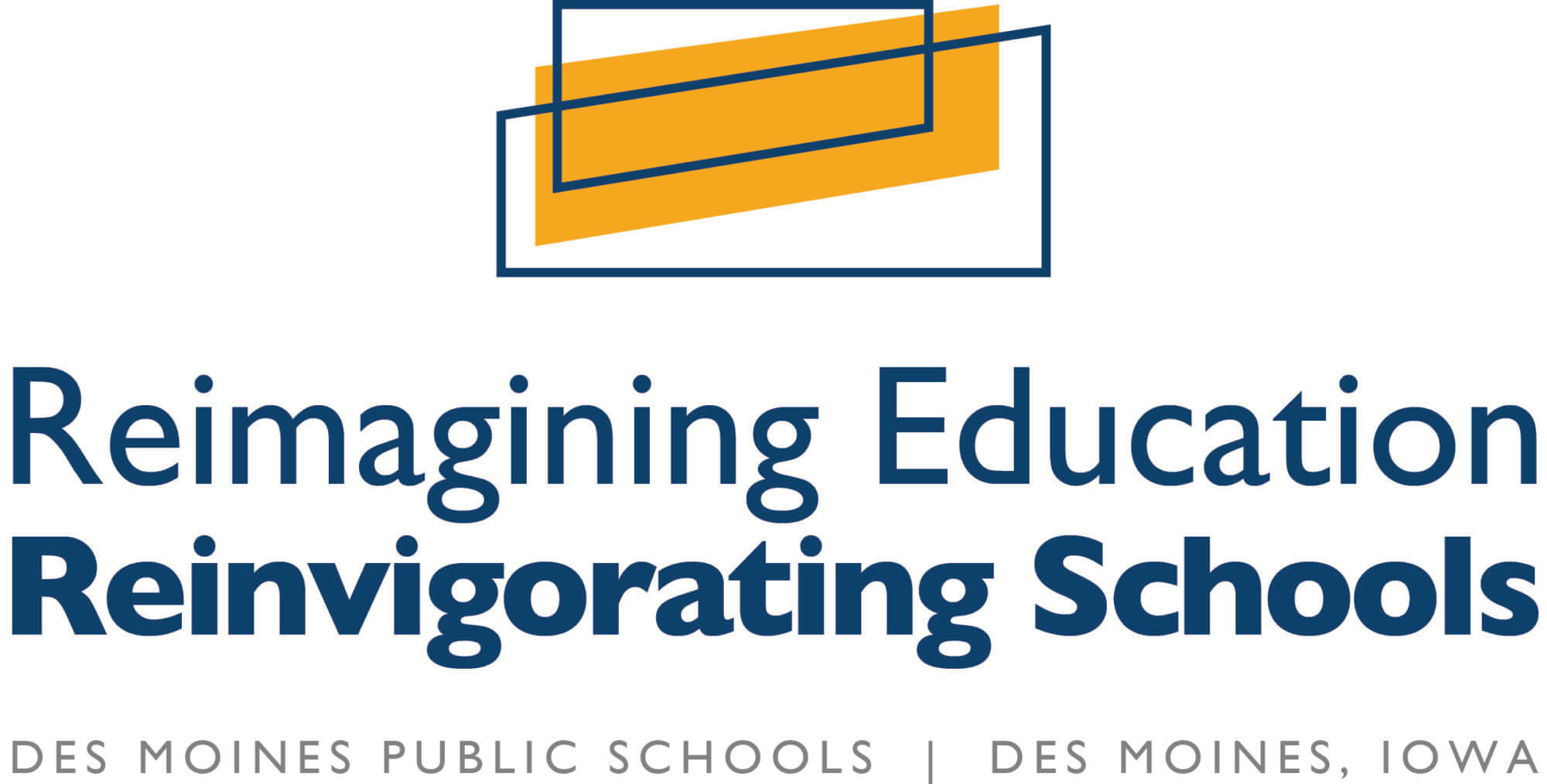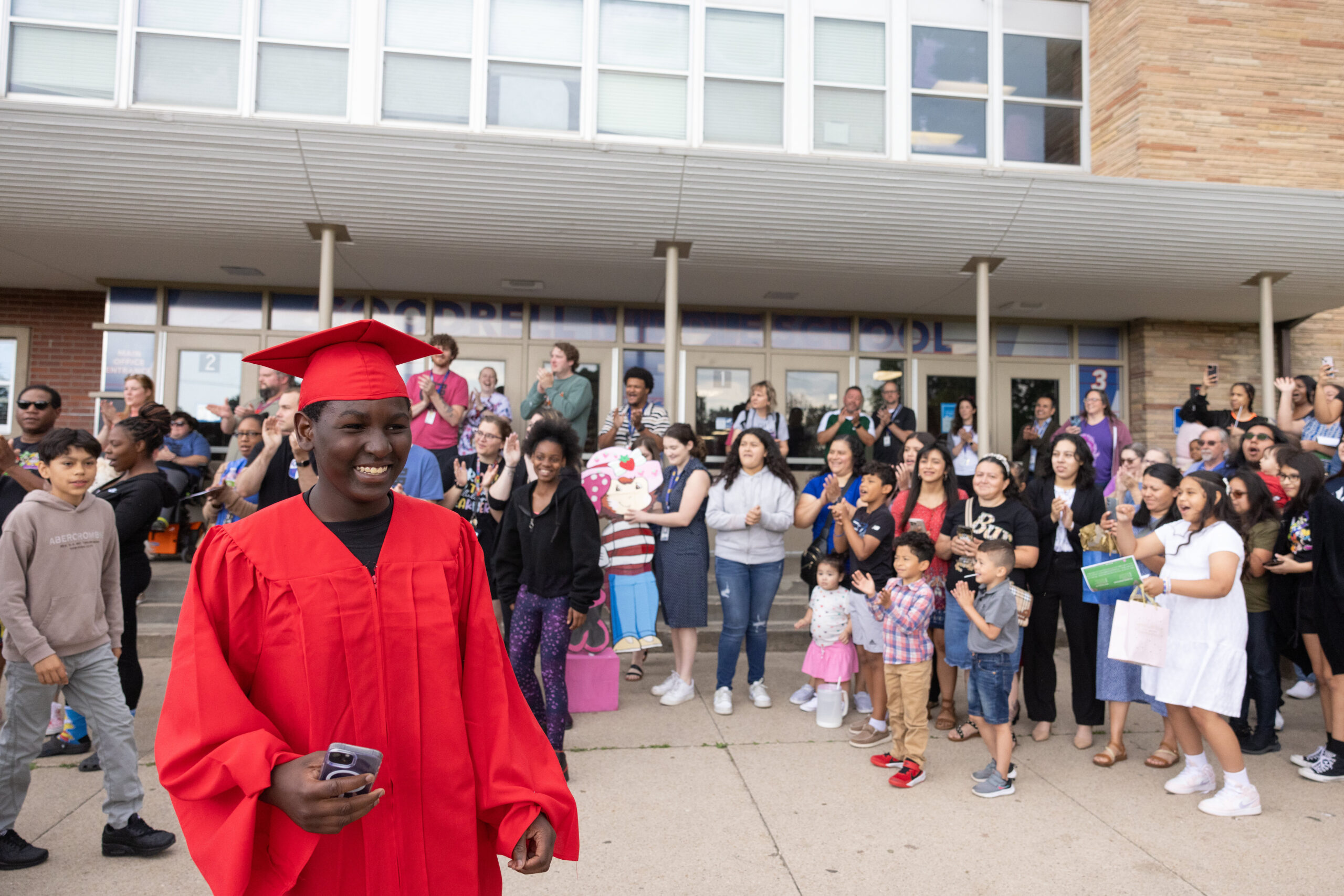Answers About the Reasons For This:
Why do we need to make such major changes?
The Des Moines Public Schools have experienced both enrollment decline and shift, which have impacted the district’s ability to fund its schools. The district has seen its enrollment decrease for each of the past six years, with the largest enrollment loss in 2020-2021 and 2021-2022, likely due to the impact of the pandemic. The district’s largest enrollment occurred in 2012-2013, with 32,521 students.The district’s current K-12 enrollment is closer to the 30,000 mark.
The district is also experiencing an enrollment shift, meaning that some schools are seeing an increase in enrollment while most schools are seeing a decrease in student enrollment.
If no changes are made to district facilities or attendance boundaries, several schools are projected to be over capacity, meaning they will have more students than available classroom space, at some point in the next five years. At the same time, many other district schools are currently using or projected to soon be using less than 70% of their building capacity.
Answers About the Process:
Who is involved in the development of the facility master plan? What are their responsibilities?
The Reimagining Education initiative and the development of a facility master plan involves a large number of people, from community members volunteering their time with valuable input and feedback to others with expertise in engineering, demographics and more.
Reimagining Education Committee
A committee of students, parents, staff, administration, community partners and citizens who:
- Attend committee meetings
- Provide feedback to facilitators
- Work towards committee consensus
RSP and Associates
A firm specializing in school district planning, RSP’s work with DMPS includes:
- Facilitate committee meetings
- Study enrollment and demographic data
- Analyze school boundaries analysis
BBS Architects/Engineers
An architectural and engineering firm assisting DMPS with:
- Review of current facilities
- Assessment of facility conditions
DMPS Administration
School district leaders and staff provide support to this effort in several ways:
- Logistics for the facility planning committee
- Information and data on school district programs
- Insight into educational and academic programs
- Background on school district budget and financing
The Community
Last – but far from least – the community has been an important voice in this process:
- Responding to our survey
- Participating in our community conversations to share feedback about how to implement the Reimagining Education proposal.
Who is on the Reimagining Education Committee?
Des Moines Public Schools has convened a Reimagining Education Committee to Reimagine Education across the district, bringing together a wide range of voices and perspectives.
The committee’s members range in age from under 18 to over 60, and come to the committee from every attendance area of DMPS. The members reflect a broad range of lived experiences and cultural backgrounds with one thing in common: a commitment to shaping and improving the future of education in Des Moines.
The committee has a total membership of 83 volunteers, with more than 40 who participate regularly in meetings and site visits. Click here for more information about the committee.
How did the Reimagining Education Committee prepare to create its draft proposal?
The committee reviewed research and information, visited other innovative school programs and studied feedback from other district stakeholders to help in preparing its overall recommendation.
What is a facility master plan?
Developing a facility master plan is a long-range planning process that utilizes local input, credible data, and school district resources to:
- Establish future of facilities
- Create financial stability in the district
- Ensure district resources are distributed equitably to all students
The facility master plan supports work throughout the school district to improve student educational outcomes by improving places for learning and introducing new academic programs and opportunities.
Answers About the Proposal:
How will the district handle the necessary staff movement between buildings?
The Talent and Personnel department will meet with impacted staff members during the year prior to their building’s closure to make sure they are aware of the process for placement. The district will work to collaboratively place individuals in a position that is similar to their current position or a position they say they want. Staff preference will be the most important factor for placement, and licensure will also be a factor, but not seniority. As we do each year when positions become open, DMPS will try to ensure each available staff member gets matched with a vacancy, and the district has been successful at this so far.
Will transportation guidelines be reconsidered for families who are losing their current school?
We understand that school transitions can be challenging for families, and we are committed to making this process as smooth as possible. Currently, the district provides transportation for elementary students who live more than 1.5 miles from their assigned school, middle school students who live two miles from their assigned school and high school students who live three miles from their assigned school, and that policy will remain in place as we implement the Reimagining Education plan. However, we recognize that families impacted by school closures may have concerns about transportation. The district will carefully assess transportation needs and consider any necessary adjustments to ensure students have safe and reliable access to their new schools.
Has the district considered other grade configurations, such as 7-9 middle schools?
The Reimagining Education Committee carefully explored many different models for grade configurations. They ultimately determined the preK-6, 7-8, 9-12 grade configurations, in combination with preK-8 and 7-12 signature school grade configurations, to limit the number of transitions for students, particularly in the formative education years. This would also allow DMPS to reduce the overall facility inventory, avoiding maintenance and operational costs and allowing the district to focus those resources on meeting students’ needs and keeping excellent staff. In the plan, each region offers a variety of grade configurations to serve the needs of students and families that are accessible to all.
Does the plan address reducing class sizes?
Yes. The plan does account for reducing class sizes in order to maximize opportunities and outcomes for both students and staff. Currently, the proposed ideal classroom sizes would be:
- Pre-K: 16 students
- Kindergarten: 20 students
- 1st through 3rd grades: 22 students
- 4th through 6th grades: 24 students
- 7th through 8th grade core classrooms: 28 students
- 9th through 12th core classrooms: 28 students
Please note that these student numbers are desired conditions for classrooms that are approximately 1,000 square feet in size. The Reimagining Educating plan proposes adding hundreds of new classrooms and renovating many of our school’s existing spaces to help make these targets achievable.
How is the district planning to change or enhance the middle school structure?
In the immediate term, all sixth grade students will transition to a truly integrated teaming model. As the Reimaging Education plan proceeds, all middle schools will ultimately adopt a seventh and eighth grade structure. This will strengthen the schools’ programs of academic advising and ensure greater instructional clarity among faculty and staff.

